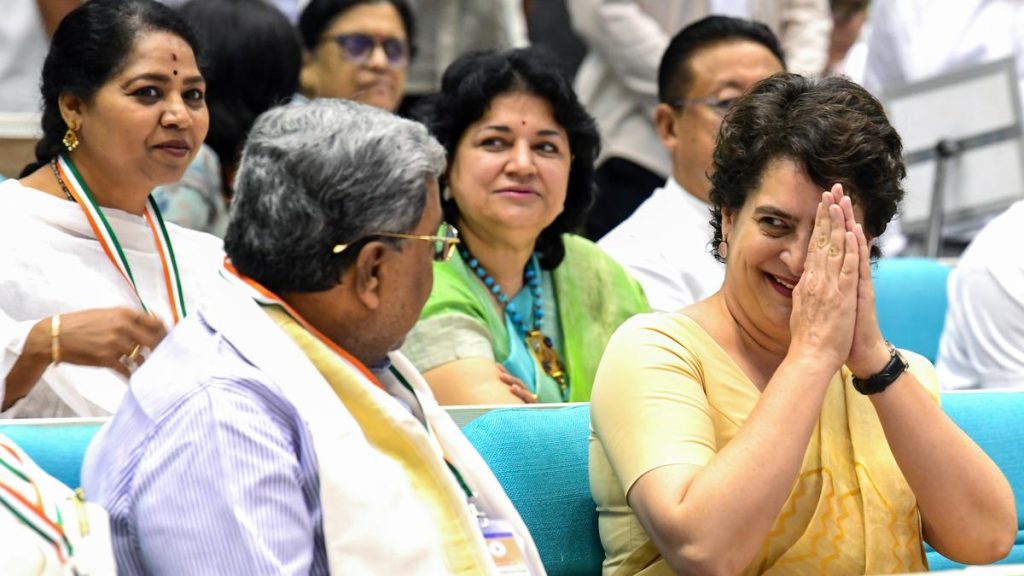Now Reading: Report: Many Cancer Drugs Excluded from Price Control Mechanisms
-
01
Report: Many Cancer Drugs Excluded from Price Control Mechanisms
Report: Many Cancer Drugs Excluded from Price Control Mechanisms

Swift Summary
- The 163rd report of the Committee on Petitions highlights that many cancer drugs are not covered under price control mechanisms in India.
- While the National List of Essential Medicines 2022 increased anti-cancer drugs under price control from 40 (in 2011) to 63, several oncology medications remain outside statutory price ceilings as per the Drugs (prices Control) Order (DPCO), 2013.
- This gap leads to high pricing, restricting access for many patients.
- Recommendations include expanding the scope of DPCO to cover more cancer drugs and conducting regular market assessments on drug prices and availability trends.
- Concerns over poor quality generics persist due to lack of WHO Good Manufacturing Practices certification, creating hesitancy among medical professionals in prescribing generics.
- delays in regulatory approval, weak domestic R&D infrastructure, and pricing issues hinder timely access to new cancer therapies.
- Suggestions include bolstering domestic research infrastructure, streamlining regulatory pathways, encouraging private sector involvement in oncology research, and promoting indigenous advancement of novel treatments.
- Collaboration is needed between private medical institutions and the Union Ministry of Health for better clinical trial procedures and outcomes monitoring systems.
- Platforms like India Cancer Research Consortium should publish annual performance reports documenting clinical impact.
Indian Opinion Analysis
The report underscores critical gaps between equitable healthcare access and India’s pharmaceutical policy framework.Despite advancements in placing anti-cancer medicines under price control via updates to essential drug lists,a meaningful pool remains unaffordable for many patients-a situation that stymies worldwide health coverage ideals.
Efforts to expand DPCO’s ambit could address this disparity but would likely require balancing affordability with concerns about sustaining innovation incentives for manufacturers. Monitoring generics’ quality through certifications like WHO GMP could further allay skepticism among doctors while enabling cost-effective treatment options.
India’s nascent oncology R&D output requires policy-level interventions including incentivizing private investments and easing bureaucratic lags plaguing drug approvals. synergized public-private workflows around clinical trials promise efficiency gains-advancing patient-centric care within realistic timelines. Additionally, instituting evidence-based evaluative mechanisms may help policymakers optimize resource allocation amid competing healthcare priorities.
The multi-dimensional approach recommended by the committee forms a rational blueprint toward improving affordability without stalling pharmaceutical innovation-a challenge rooted deeply within India’s evolving healthcare landscape.
Read more: Link

























